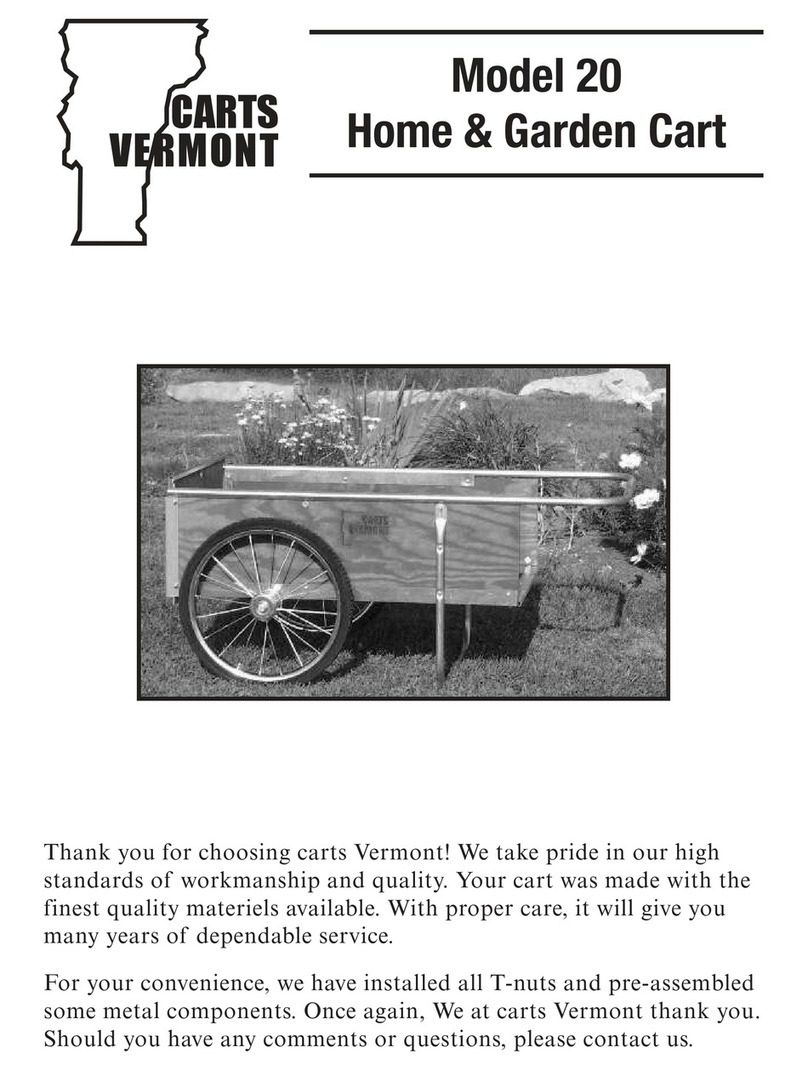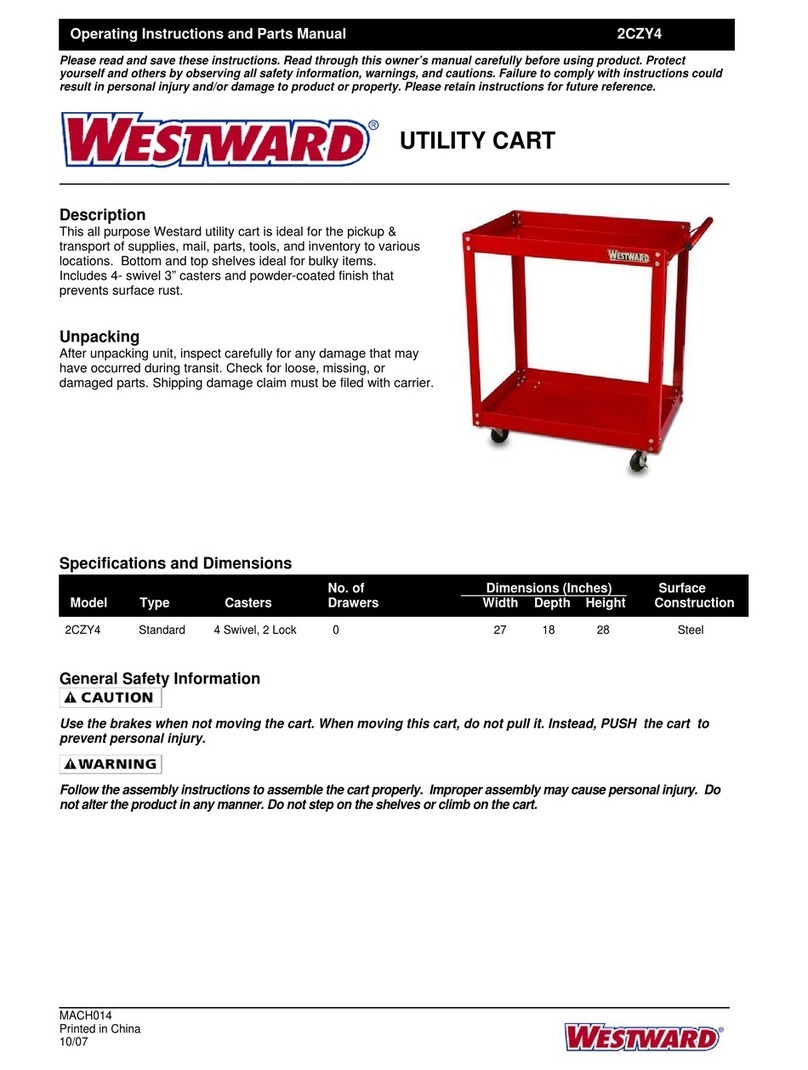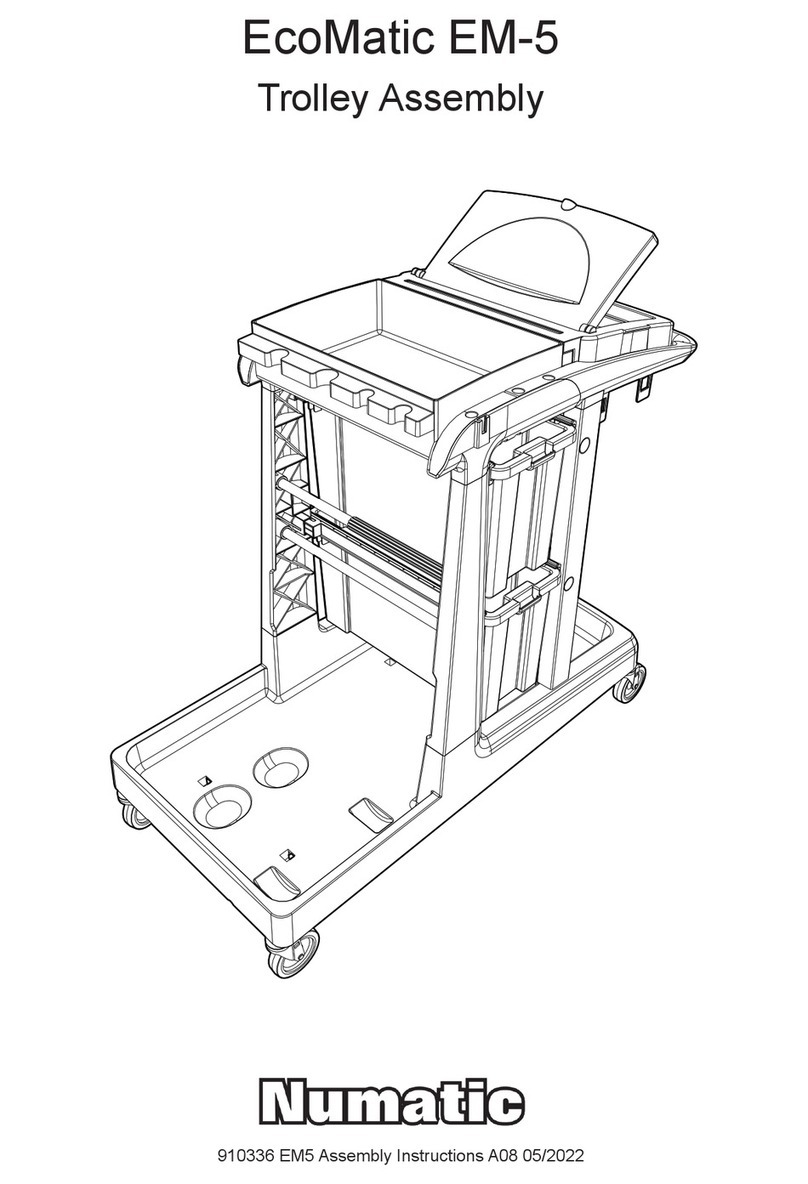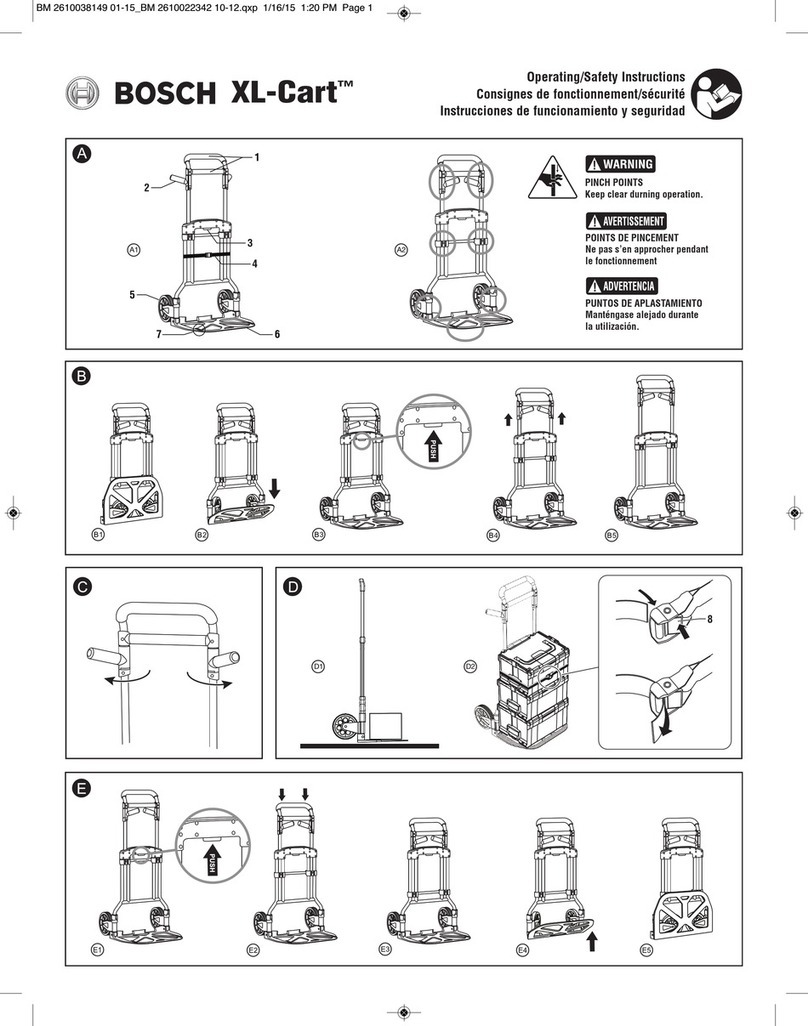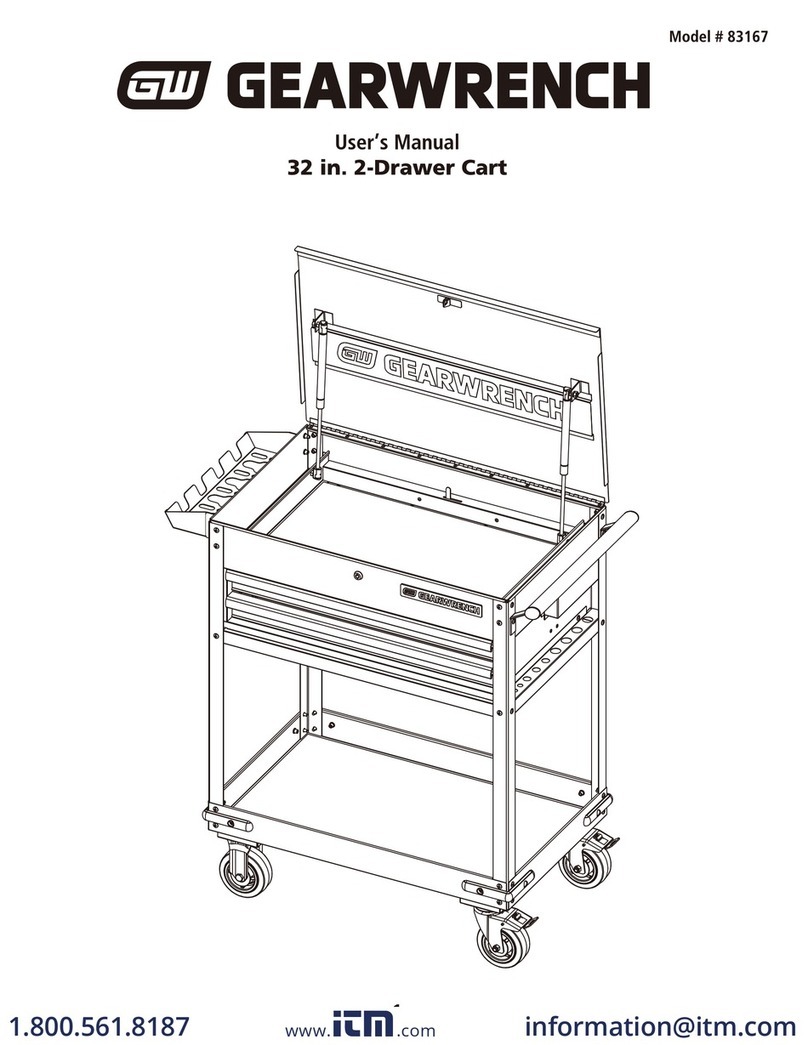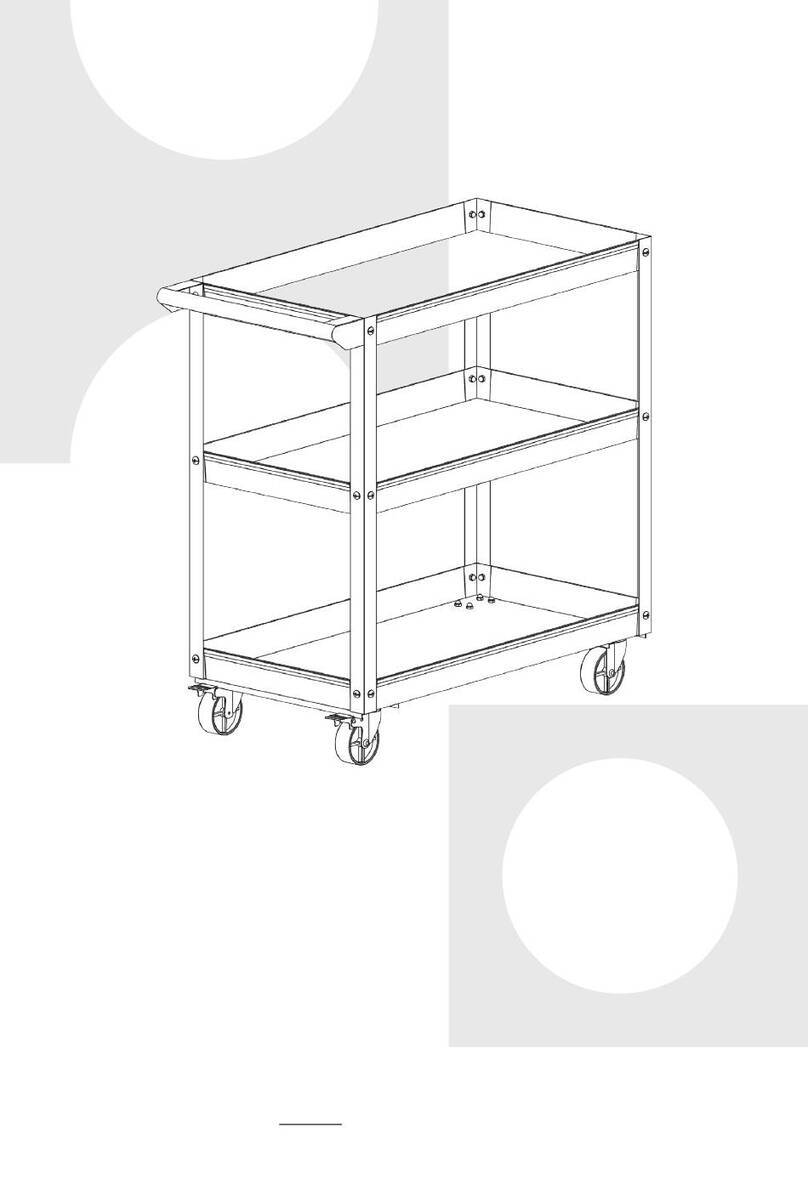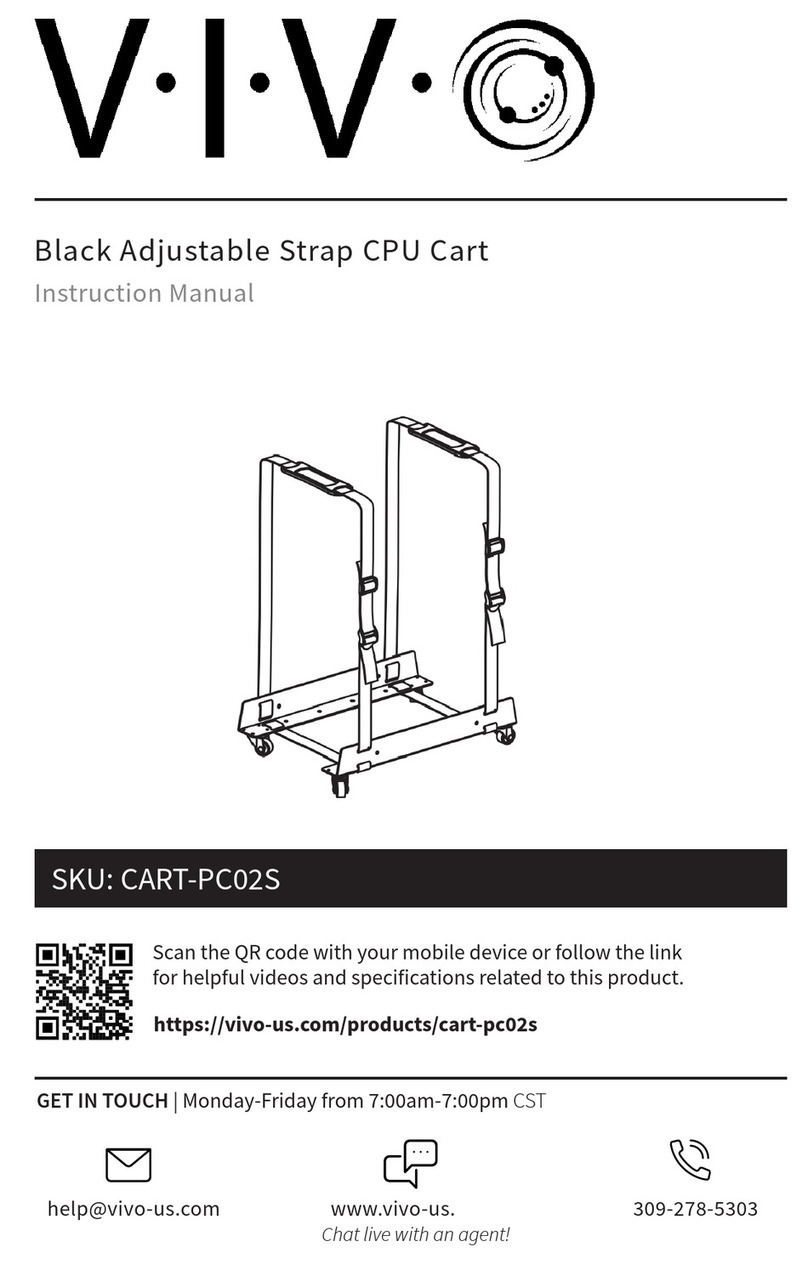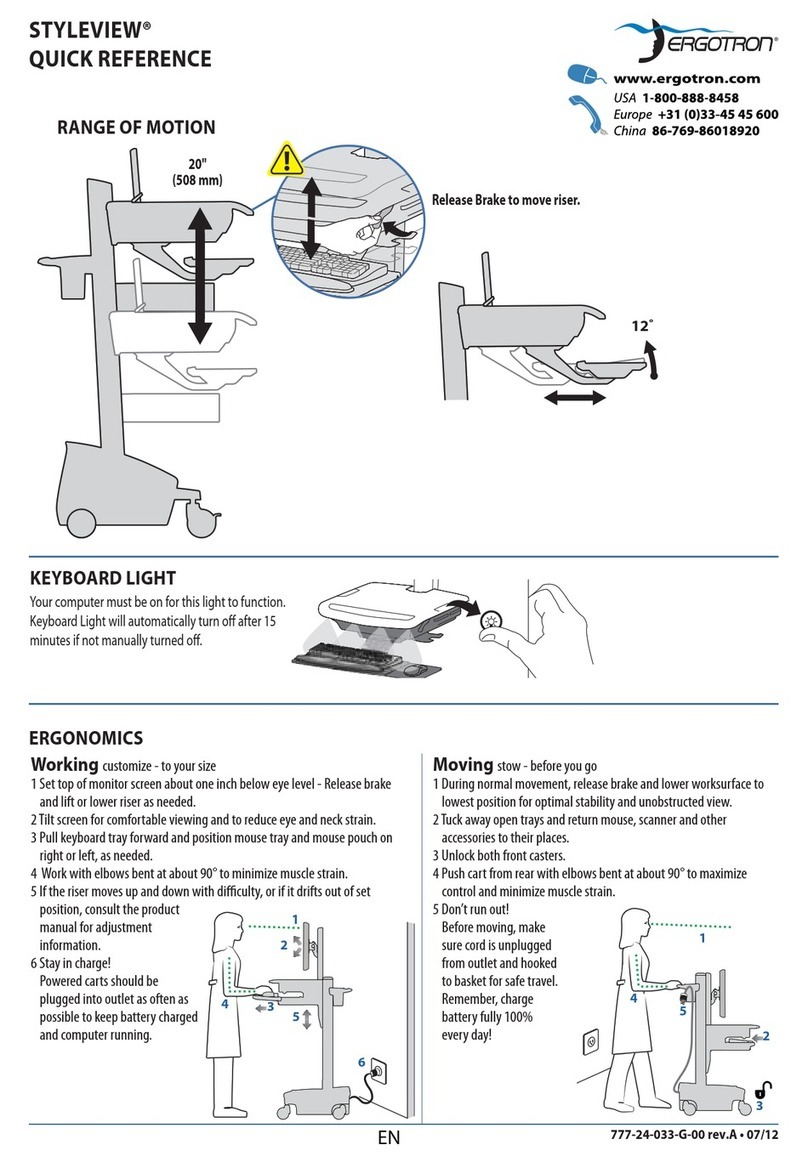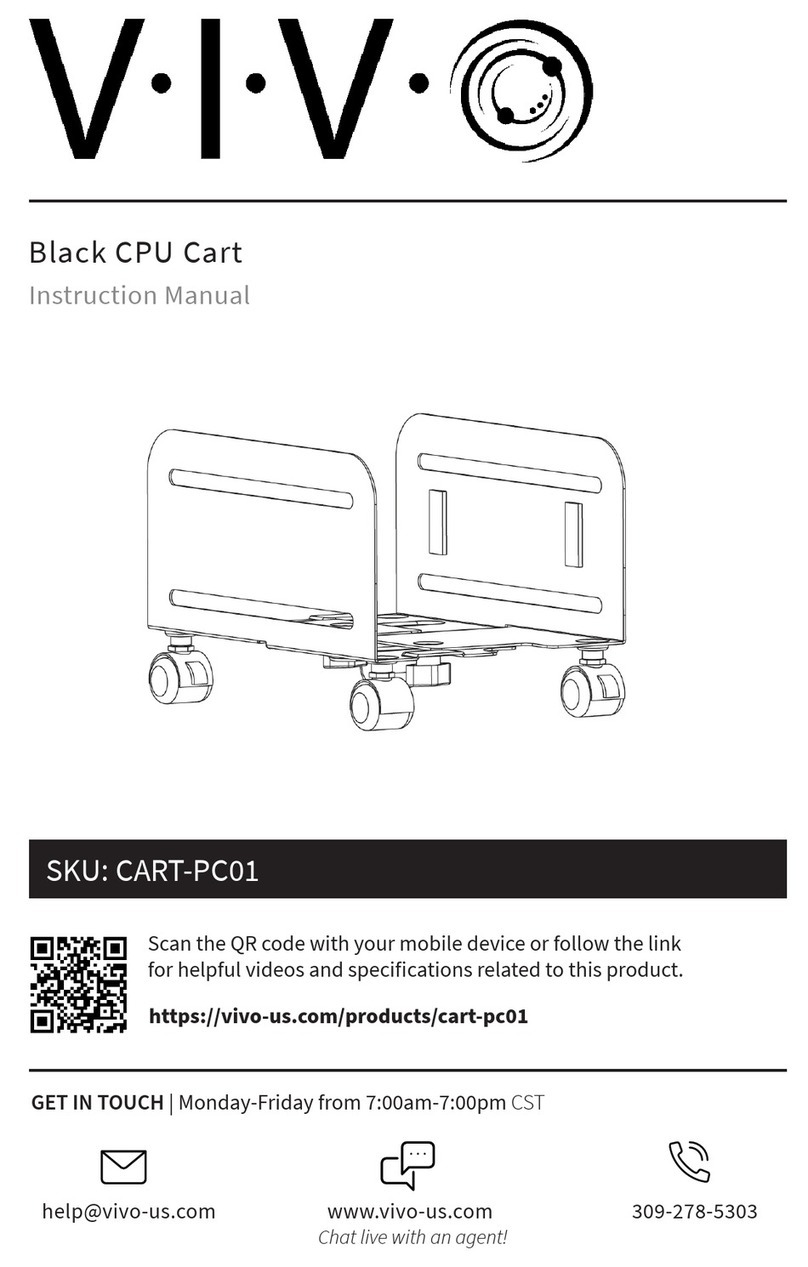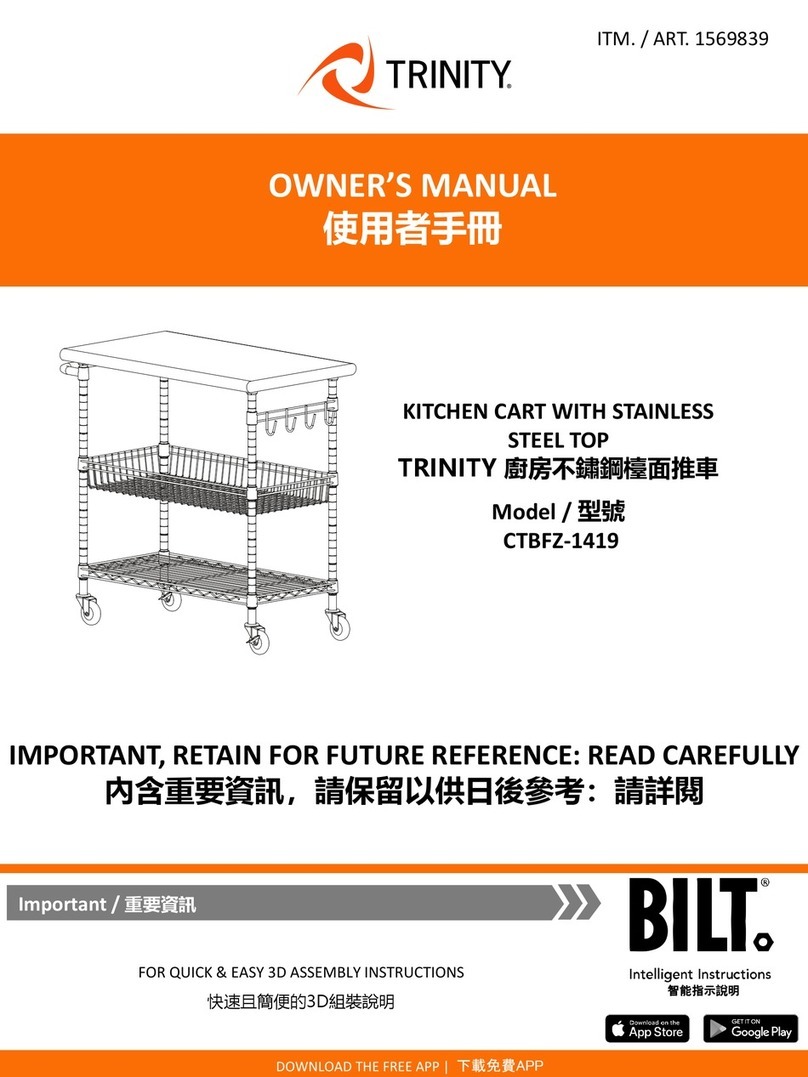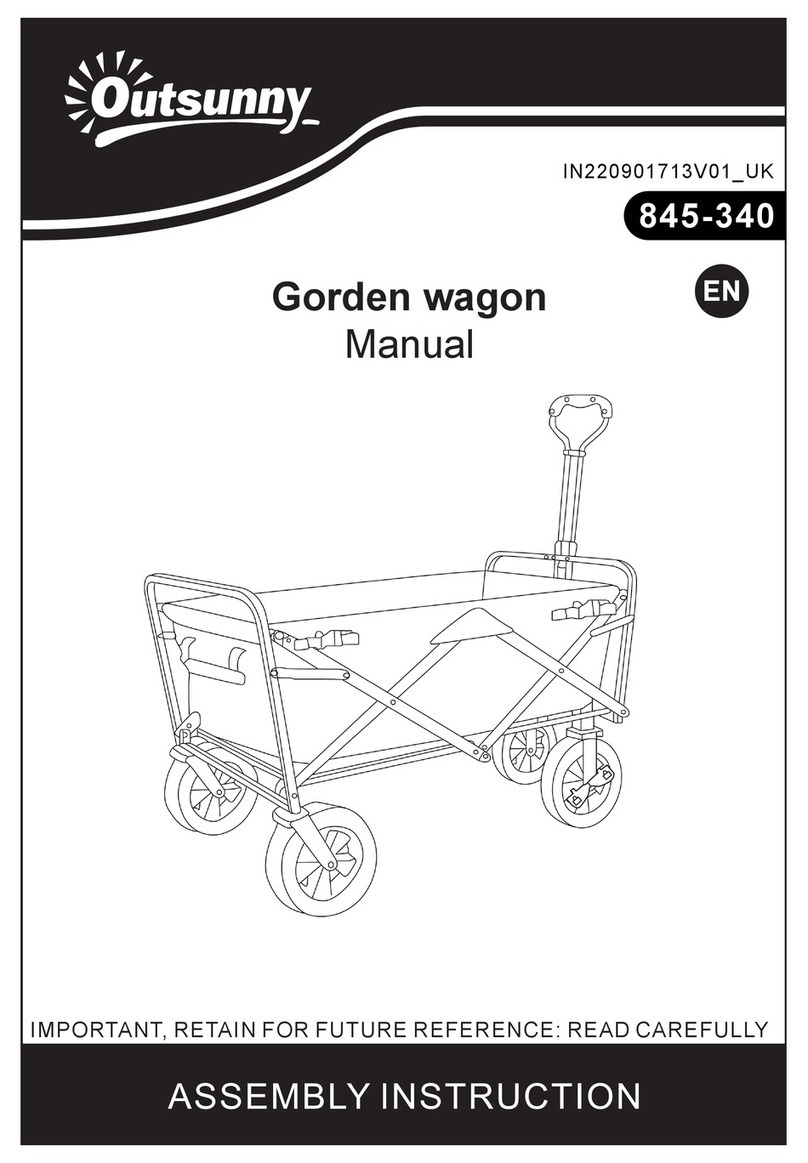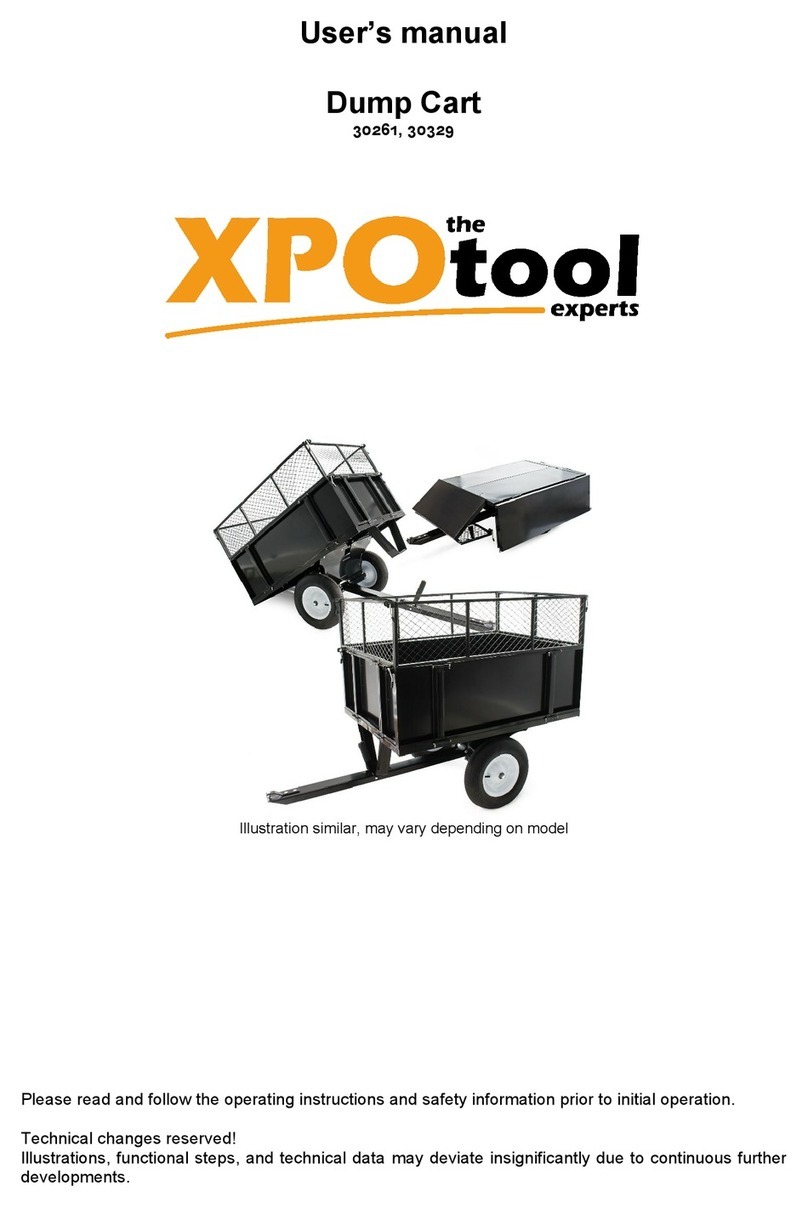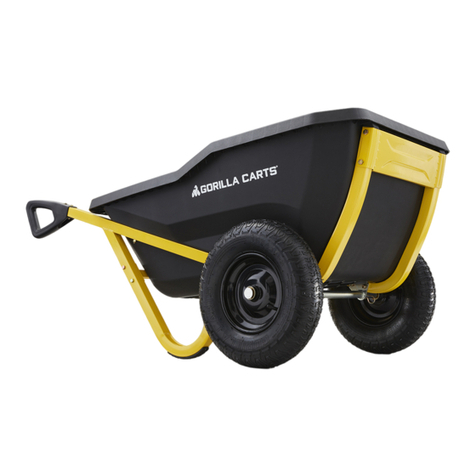
MACHINE SET UP AND OPERATION
Attention: always wear work gloves!!
1) Tractor towing bar (pict 15 pos 23):
To hook the machine up to a tractor or UTV, pull down on
the draw bar until it lines up with the hitch. The sprinkler
cart will hook onto the stop bar and lift off the ground.
When arrived at the right place, unhitch the towing bar
and
lift it up until the anchoring angle iron and sprinkler cart
are on the ground.
Attention: max transport speed is 6 mph on flat roads.
2) Set up to irrigate: Put the drum in the proper direction toward the irrigation strip in order to get it
aligned with the pull out direction of the pe hose. Stand behind the drum and use the draw bar to aim
the traveler in the correct direction.
3) Anchor: Be sure that the anchoring angle iron foot is secure to the ground. If the ground is very
hard you may need to use anchoring spikes.
4) Disengage the gear box: Move the knob/lever (05) in the “pulling out” position as you see in
picture 01. In case it’s locked and won’t move, put the PTO hand wheel onto the PTO shaft, push it
and turn a bit counterclockwise, and push the gear box knob/lever (05) at the same time. Always keep
pushing the hand wheel when you use it and take it off the PTO after use and replace the protective
cover for safety.
Pay attention to the hand wheel: never leave it on the PTO shaft if you’re not using it as above
described! It’s very dangerous and can cause serious injuries!
5) Pull out the cart and PE hose: Hook the towing chain (20) of the sprinkler cart to the tractor
and pull out the cart along the field with the max speed of 2 mph (walking speed). Before you stop
reduce the speed smoothly to prevent the drum from free spooling. There is no alarm nor signal
about the pe hose length so be careful to don’t pull it out too much! Leave a couple wraps on the
drum or the hose might pull off of the drum! Check the sprinkler pattern is ok and adjust it.
Disconnect the tractor and drive back to the machine.
Important: Always leave at least one pe hose ring rolled on the drum and remember that for the first
use of the machine it is necessary to do a “full pull”, pulling out the complete PE hose not leaving
more than one or two rings on the drum : you’ll need to roll up all the pe hose while under pressure.
Failure to follow this procedure can lead to improper wrapping of the PE hose on the drum and
damage to the traveler!
PICT. 15
23
06
PICT. 01
01 05
02
03
Page 10
